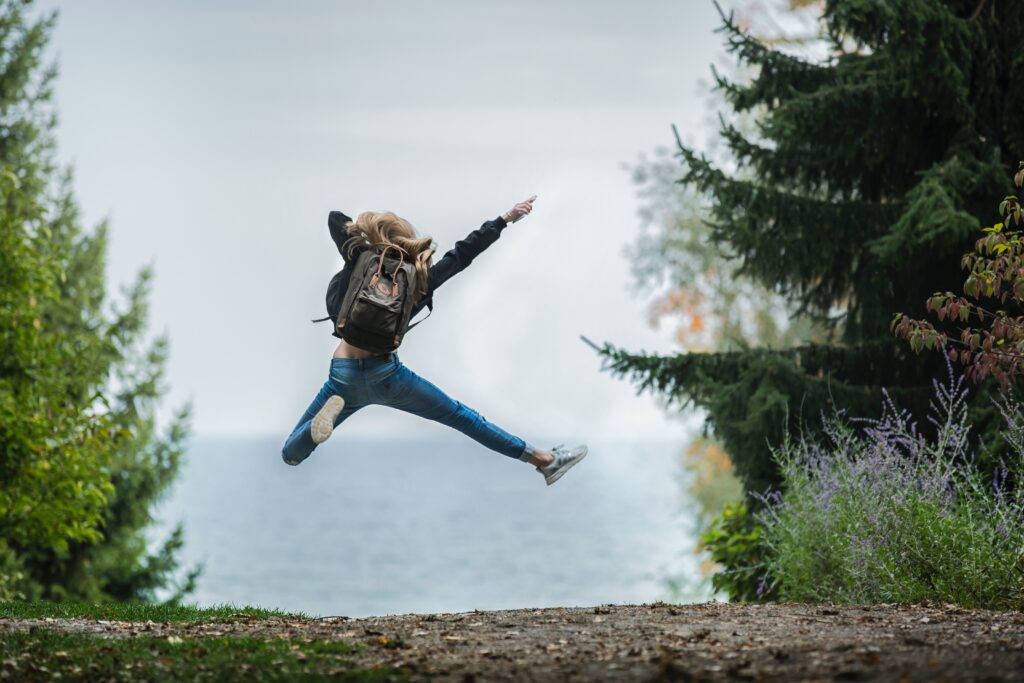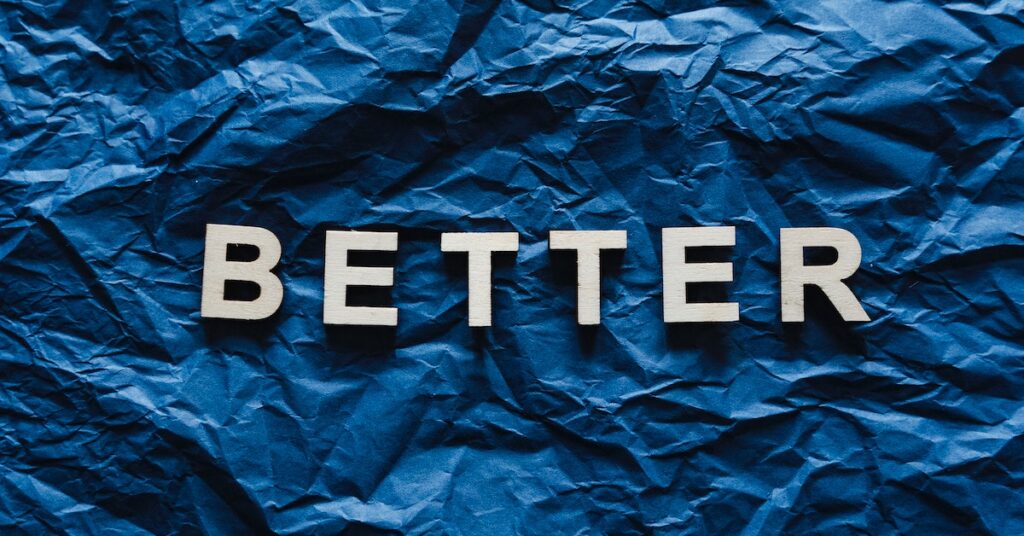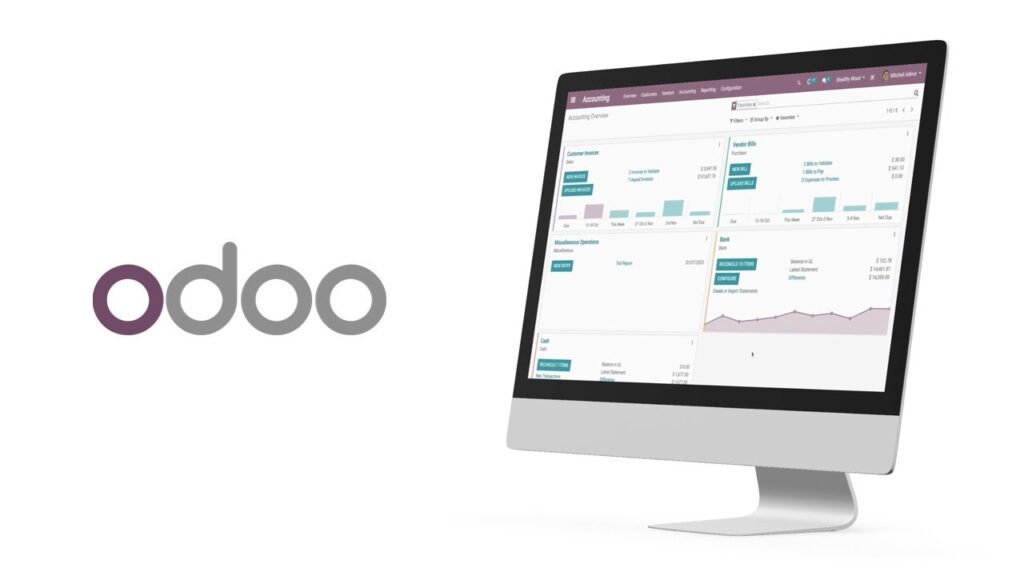Let’s share more on Odoo hardware requirements. Odoo is an open-source ERP software solution that integrates all business processes.
These processes include sales, marketing inventory, and accounting. It is for small, mid-sized, and large enterprises and can be tailored to fit any business within any industry.
Odoo is a powerful ERP system that needs suitable hardware to run smoothly. Otherwise, you may experience performance problems.
However, harnessing Odoo’s full potential relies on its sophisticated features and supporting hardware.
Consider hardware requirements and best practices for Odoo implementation and performance to ensure business success.
Importance of having the proper hardware for Odoo:
- Odoo is a resource-intensive application. Ensure your hardware meets the minimum requirements to avoid slow performance or crashes.
- It is a multi-user application: It requires hardware resources per user. Ensure you have enough hardware to support your users.
- Odoo is a modular application: The Odoo modules can add resource requirements. Check hardware for load if using many modules.
- It’s a web-based application: It is a web-based app, so your internet speed affects its performance. A slow connection can cause delays.
Choose hardware that meets Odoo’s minimum requirements, which vary depending on users, modules, data, and workload.
Increase hardware resources for more users or data. Improve Odoo performance with cloud deployment or hardware optimization.
Factors to consider when planning your Odoo hardware requirements:
- Number of users: A small business with ten users needs less powerful hardware than a large enterprise with 1000 users.
- Modules: Plan to ensure your system has the necessary resources to run the modules.
- Amount of data: The amount of storage capacity needed for Odoo increases with the amount of data stored in the system.
- Expected workload: More users or data processing means more powerful hardware.
- Future growth: Plan for future growth when planning hardware requirements. Ensure server capacity can handle increased load from new users or modules.
- Budget and cost considerations: Balance your hardware requirements with your budget. While investing in powerful hardware is essential, it should align with your financial capabilities and long-term business goals.
- Traffic peaks and load balancing: Determine if your business experiences traffic peaks during certain times, such as end-of-month processing or holiday seasons. Load balancing mechanisms can help distribute the load across servers to prevent slowdowns.
Recommended Odoo hardware requirements:
- Processor:
The processor is the computer’s brain and handles all instructions. More cores means more instructions can be processed at once.
For Odoo, a quad-core processor with at least 3 GHz clock speed is best. It will ensure that Odoo can handle even the most demanding workloads.
- RAM:
RAM stores data currently being used by the operating system and the applications running on the system.
A more significant amount of RAM will allow Odoo to store more data in memory, improving performance.
For Odoo, 16 GB of RAM is the best. Allows Odoo to handle even the most demanding workloads without losing memory.
- Storage:
It is used to store the operating system, the applications, and the data that Odoo is using. A larger amount of storage will allow Odoo to store more data, improving performance.
160 GB of storage is recommended for Odoo, enough for even the most demanding businesses.
- Operating System:
Odoo is a web-based application that can run on any operating system that supports web browsers.
However, Linux is generally considered the best operating system for Odoo, as it is more stable and efficient.
These are just the minimum hardware requirements for Odoo. If you have many users or a lot of data, you may need to increase the amount of hardware resources.
You can also improve the performance of Odoo by using a cloud-based deployment or optimizing your hardware settings.
Additional tips for optimizing your Odoo hardware:
- Use cloud-based deployment for scalability, reliability, and security. It is a good option for businesses that need to scale quickly.
- Optimize hardware settings for Odoo by configuring CPU cores, RAM, and storage space.
- Monitor Odoo performance to identify bottlenecks and ensure smooth operation.
How to monitor Odoo’s performance:
To monitor Odoo’s performance and identify potential bottlenecks, follow these steps:
- Use Monitoring Tools: Utilize monitoring tools like Odoo’s built-in performance monitoring or third-party tools to track key performance metrics.
- Monitor Resource Usage: Monitor CPU, RAM, and disk usage to identify any resource constraints impacting performance.
- Analyze Response Times: Monitor response times for different Odoo modules and actions to identify slow-performing areas.
- Check Database Performance: Monitor database performance metrics, such as query execution times and database size, to ensure optimal performance.
- Identify Heavy Processes: Identify any resource-intensive processes or modules causing bottlenecks and optimize them if necessary.
- Regularly Review Logs: Review Odoo logs for any error messages or warnings that may indicate performance issues.
- Optimize Hardware Configuration: If bottlenecks are identified, consider upgrading hardware components like CPU, RAM, or storage to meet the demands of Odoo.
Balancing hardware costs with business needs:
- Scalability: Choose hardware that meets current needs and allows for growth. Future-proof hardware saves money.
- Performance: Cheap hardware can lead to sluggish performance, frustrated users, and lower productivity.
- Total Cost of Ownership (TCO): Consider the total cost of ownership (TCO) over the hardware’s lifecycle, not just upfront costs. It includes maintenance, upgrades, downtime, and additional hardware as your business grows.
- Business Impact: Hardware performance can improve customer satisfaction, operations, and revenue. Evaluate yours.
- Customization and Modules: Use the proper hardware for seamless features and user efficiency.
Wrapping up: Odoo hardware requirements;
In the world of Odoo implementation, the impact of proper hardware selection must be balanced.
The proper hardware isn’t just about technology but a strategic fit for your unique business demands.
It guarantees smooth performance, accommodates growth, and uses resources wisely. No two businesses are alike.
By understanding your size, complexity, and module requirements, you can craft hardware tailored to your specific needs.
Hardware is a hidden hero that optimizes processes, enhances customer experiences, and boosts efficiency. Odoo’s hardware helps you do all of that.
As you manage your business, choose the right hardware to transform Odoo into a productivity and prosperity driving force.






